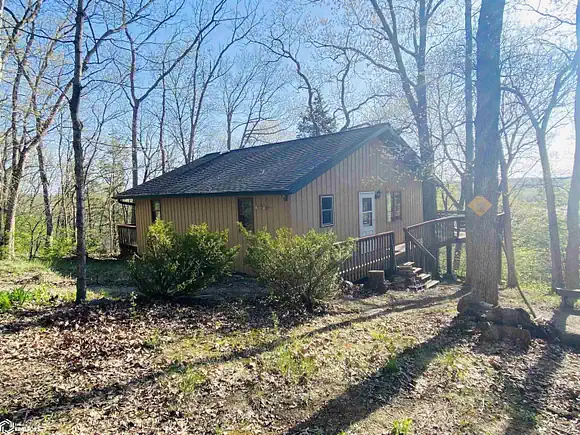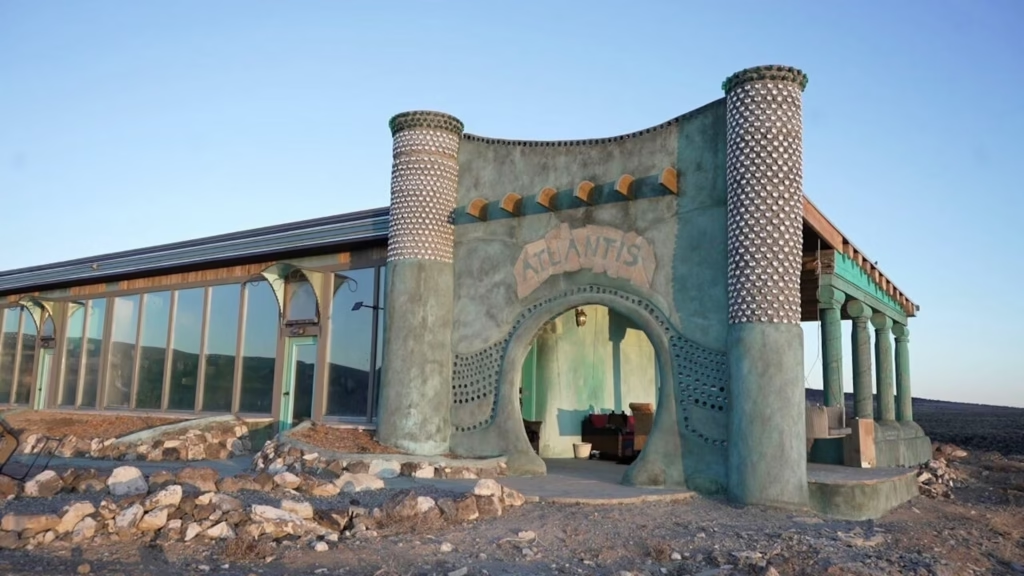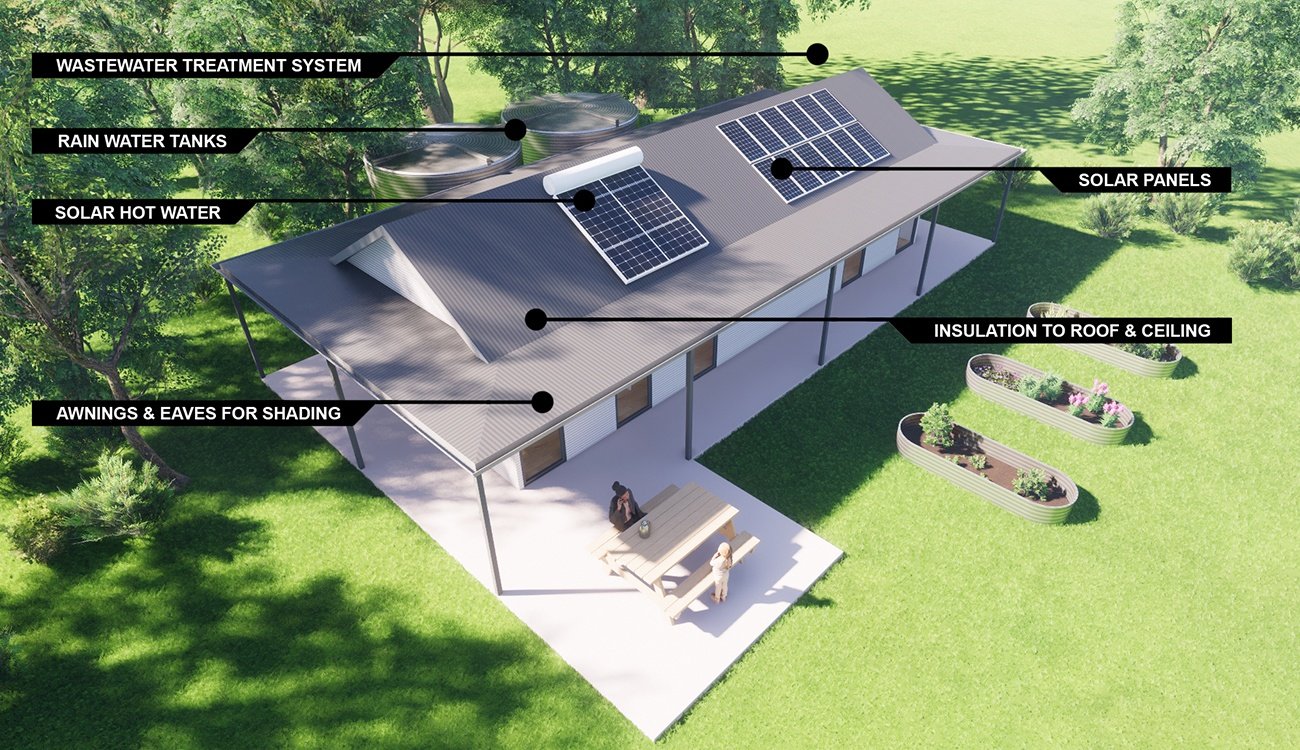In an era where digital connectivity is omnipresent, a growing number of Americans are seeking solace in off-grid living. This lifestyle shift, driven by desires for sustainability, self-sufficiency, and a deeper connection to nature, is gaining momentum across the United States. Whether it’s the allure of renewable energy, the satisfaction of growing one’s own food, or the peace found in remote landscapes, off-grid living offers a unique path to personal freedom.
Why Off-Grid Living is Gaining Popularity
The appeal of off-grid living lies in its promise of autonomy and sustainability. By disconnecting from traditional utilities, individuals can reduce their environmental footprint and gain control over their resources. Advancements in technology have made this lifestyle more accessible, with affordable solar panels, efficient water collection systems, and innovative waste management solutions. Moreover, the psychological benefits—such as reduced stress and increased life satisfaction—are compelling reasons for many to consider this lifestyle change.(SustainablyView.com)

Top U.S. States for Off-Grid Living
Choosing the right location is crucial for a successful off-grid experience. Factors like climate, land availability, water sources, and legal regulations play significant roles. Here are some states that stand out:(SustainablyView.com, YouTube)
1. Iowa
Iowa ranks highly for off-grid living due to its moderate climate, access to rural healthcare, and successful renewable energy systems. The state also boasts a low cost of living and a relatively low rural poverty rate, making it an attractive option for those seeking self-sufficiency. (homegnome.com)

2. Alabama
With 213 sunny days annually, Alabama is ideal for solar energy use. The state is rich in water sources, featuring over 77,000 miles of rivers and streams, plus numerous lakes and reservoirs. This abundance supports sustainable water systems essential for off-grid living. (Zendure US)
3. Texas
Texas offers vast landscapes and favorable zoning laws, making it a top choice for off-grid enthusiasts. The state provides ample opportunities for rainwater collection and solar energy utilization, supported by tax incentives. With over 230 days of sunlight per year, it’s conducive to renewable energy generation. (Black Real Estate Dialogue)
4. Oregon
Oregon’s diverse landscapes and abundant rainfall make it suitable for both solar and hydro energy systems. The state’s legal framework supports rainwater collection, and its rural areas offer affordable land options for those looking to establish off-grid homesteads. (Black Real Estate Dialogue)
5. New Mexico
Known for its abundant sunshine, New Mexico is ideal for solar energy generation. The state’s arid climate and open spaces provide opportunities for sustainable living, with a focus on water conservation and renewable energy use. (convivo.in)

Essential Components of Off-Grid Living
Embarking on an off-grid lifestyle requires careful planning and consideration of several key components:
Energy Solutions
Harnessing renewable energy sources is fundamental. Solar panels have become more affordable, with costs dropping significantly over the past decade. A typical off-grid home may require a solar power system, battery storage, and an inverter to manage energy needs efficiently. (SustainablyView.com)
Water Independence
Establishing a reliable water source is critical. Rainwater harvesting systems can collect substantial amounts of water, especially in regions with adequate rainfall. Modern filtration systems ensure the collected water is safe for consumption and daily use. (SustainablyView.com)
Food Self-Sufficiency
Growing one’s own food enhances sustainability and reduces reliance on external sources. Implementing permaculture principles and maintaining a well-planned garden can provide a significant portion of a family’s dietary needs. (Black Real Estate Dialogue, SustainablyView.com)
Community and Support
Building connections with like-minded individuals can provide emotional support and practical advice. Joining local sustainability groups or online forums can facilitate knowledge sharing and foster a sense of community. (SustainablyView.com)

Steps to Begin Your Off-Grid Journey
Transitioning to off-grid living involves several steps:(SustainablyView.com)
- Research and Planning: Understand the legal requirements and environmental conditions of your chosen location.
- Land Acquisition: Seek affordable land with access to natural resources like water and sunlight.
- Infrastructure Development: Invest in renewable energy systems, water collection and purification setups, and sustainable housing solutions.
- Skill Building: Learn essential skills such as gardening, carpentry, and basic medical care to enhance self-reliance.
- Community Engagement: Connect with existing off-grid communities for support and shared experiences.(SustainablyView.com)
Conclusion
Off-grid living in the United States is more than a trend; it’s a lifestyle choice that offers freedom, sustainability, and a deeper connection to the environment. With careful planning and a commitment to self-sufficiency, individuals can create fulfilling lives away from the constraints of modern infrastructure. As technology continues to advance and awareness of environmental issues grows, off-grid living stands as a testament to human adaptability and resilience.
Also read : 10 Remarkable Places to Experience Native American Culture in the U.S






